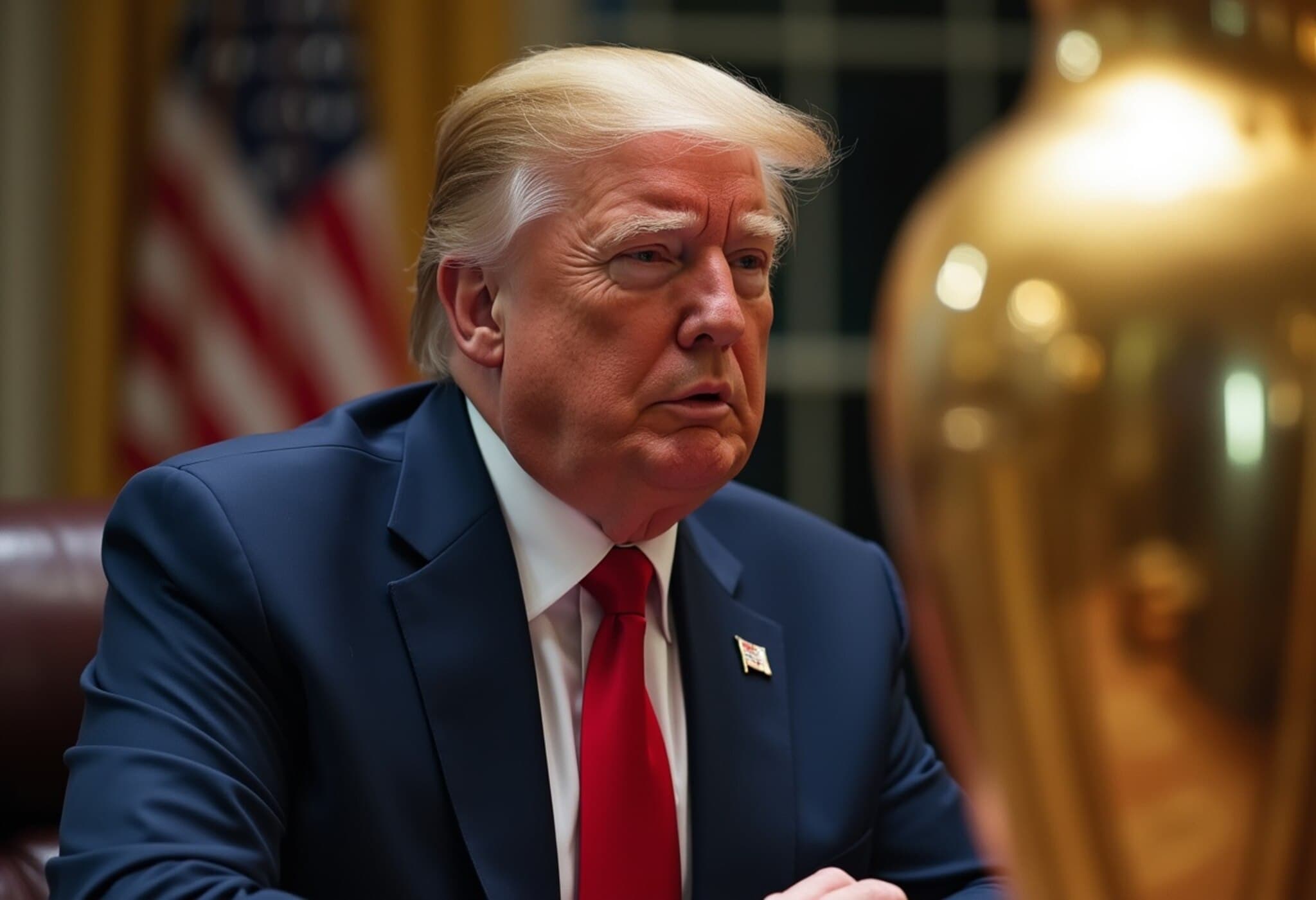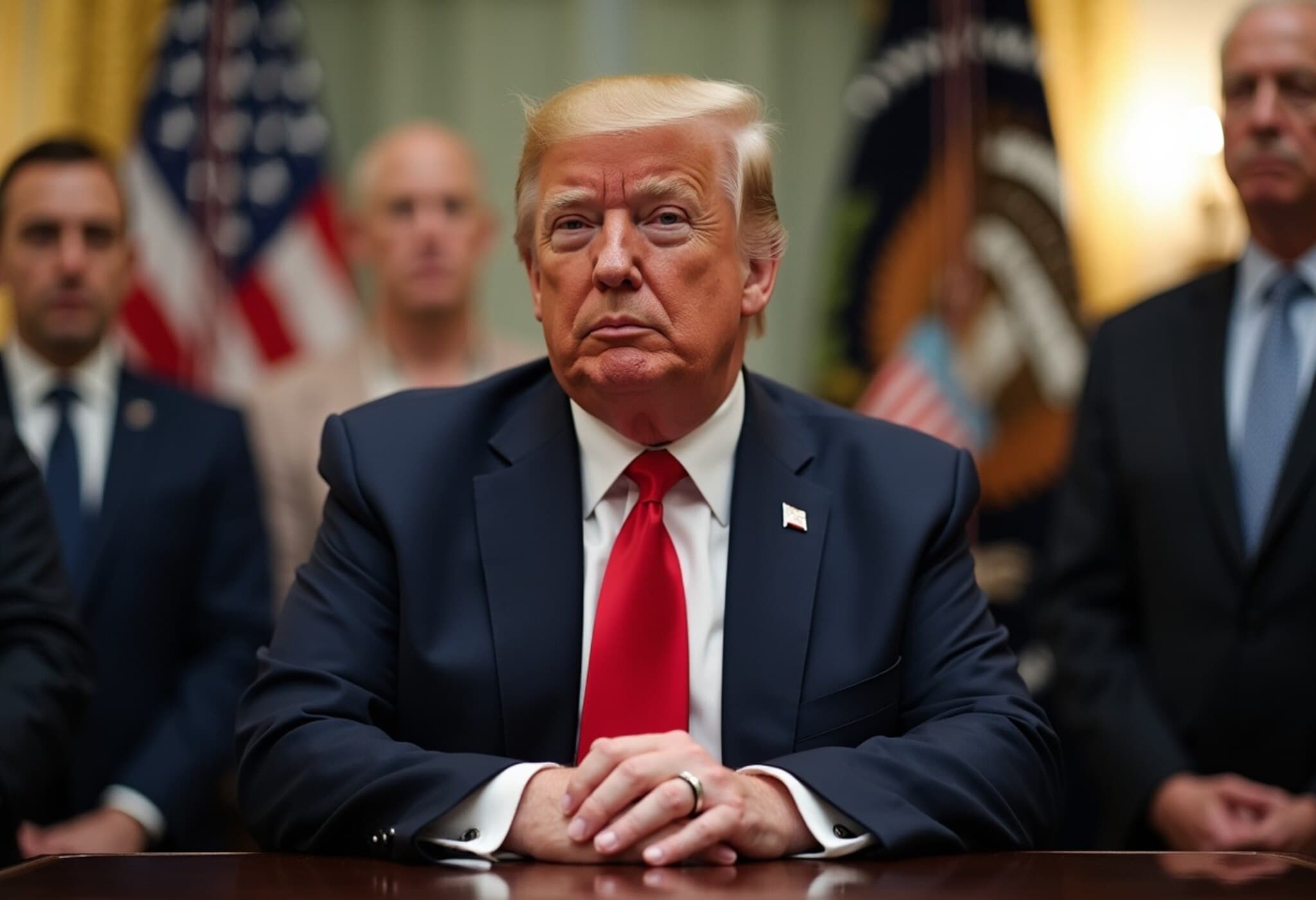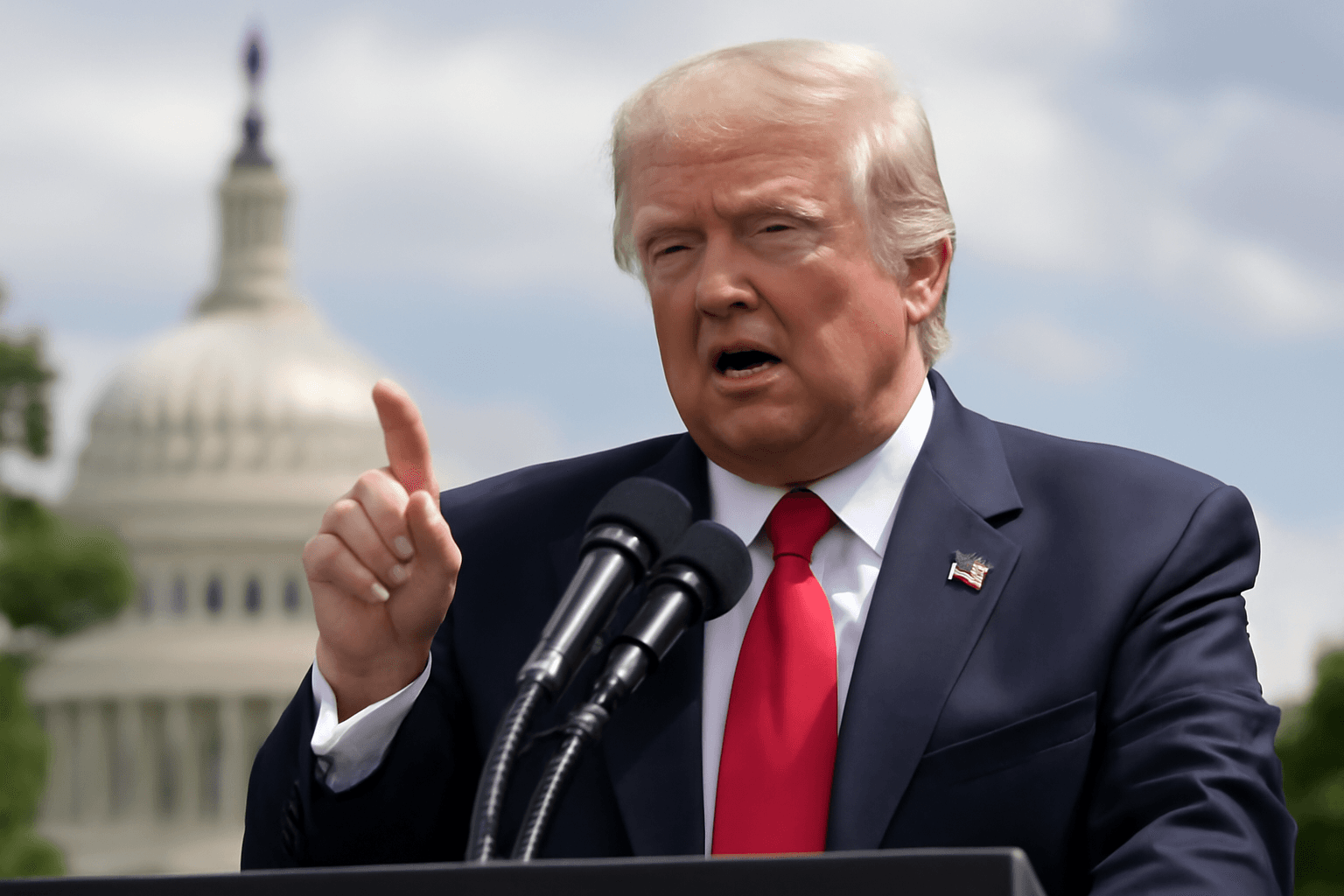Paramount Strikes Landmark $7.7 Billion UFC Deal Starting 2026
In a bold move reshaping the landscape of sports broadcasting, Paramount has secured the exclusive U.S. rights to the UFC in a $7.7 billion seven-year agreement, set to begin in 2026. This acquisition marks Paramount's first major step following its merger with Skydance Media, signaling deep ambitions to dominate premium live sports streaming.
All UFC Events to Stream Exclusively on Paramount+
The deal includes live coverage of all 43 UFC events annually — 13 marquee pay-per-view-type events plus 30 additional ‘Fight Nights.’ Fans in the United States will gain access to every bout exclusively through Paramount’s streaming platform, Paramount+, with select matches also airing simultaneously on CBS. Notably, the traditional pay-per-view model will be completely discontinued, meaning all UFC content will be accessible as part of the Paramount+ subscription without extra charges.
Disrupting the Pay-Per-View Convention
This shift away from pay-per-view, historically used by ESPN+ during its current UFC rights tenure, represents a significant change in the sports entertainment business model. Mark Shapiro, President and COO of TKO Group—the merged parent company of UFC and WWE—called the pay-per-view approach “outdated and antiquated,” noting how younger fans particularly benefit from straightforward, all-inclusive offerings.
“If you just sign up for Paramount+ for $12.99 a month, you automatically get UFC’s numbered fights and the entire fight portfolio. There’s no need for separate purchases,” Shapiro explained.
Context and Industry Repercussions
This agreement not only outpaces ESPN’s previous average annual payment of $500 million for UFC rights but also positions Paramount as a dominant player ahead of scarce premium sports rights becoming available over the next few years. According to Paramount CEO David Ellison, UFC is a rare and valuable “unicorn asset” in the live sports world, one that appears roughly once a decade.
Considering the limited availability of blockbuster sports rights—including major packages like Formula 1 and Major League Baseball being off-market until at least 2028—this UFC acquisition secures Paramount a continuous stream of year-round live programming. The sheer volume of programming—about 350 hours annually—ensures consistent viewer engagement and subscription retention.
Paramount’s Vision Beyond U.S. Borders
Paramount is also eyeing international opportunities to control UFC rights worldwide. Currently, UFC events air in more than 210 countries, with rights renewals staggered over time. Paramount holds a 30-day exclusive window to negotiate rights in each country as they come up, hinting at a strategic push to become the global UFC streaming powerhouse.
Quick Negotiations Post-Merger
The deal's swift completion—finalized within 48 hours after the Skydance-Paramount merger closed—underscores the urgency shared by both sides to consolidate UFC rights under one roof. Initially, TKO intended to split U.S. Fight Night and premium event rights between different partners, but Paramount’s new leadership was determined to acquire the full package, recognizing its long-term value.
What This Means for Fans and the Sports Media Ecosystem
- Consumers benefit from simplicity: No more juggling pay-per-view purchases; all UFC action comes bundled with a single streaming subscription.
- Sports streaming competition intensifies: Paramount’s deal sets a high bar for live sports rights valuations and exclusive streaming content.
- Industry trend away from pay-per-view: Streaming platforms pushing for inclusive models could reshape how fans pay for premium sporting events.
As the streaming wars evolve, this agreement might influence other sports leagues and promoters to rethink traditional pay-per-view strategies in favor of subscriber-driven models.
Editor’s Note
Paramount’s UFC streaming rights acquisition is more than a landmark sports rights deal; it signals a paradigm shift in how premier live sports content will be delivered and monetized. By eliminating pay-per-view and embracing an all-access streaming subscription model, Paramount is banking on continuous fan engagement over transaction-based sales. This move raises critical questions about the future of sports broadcasting economics, consumer access, and how legacy pay-per-view structures will adapt—or become obsolete. For American audiences, this means easier access but also a potential rise in subscription services. Policymakers and media analysts will be watching closely how this shapes market competition and consumer choice in the streaming era.











